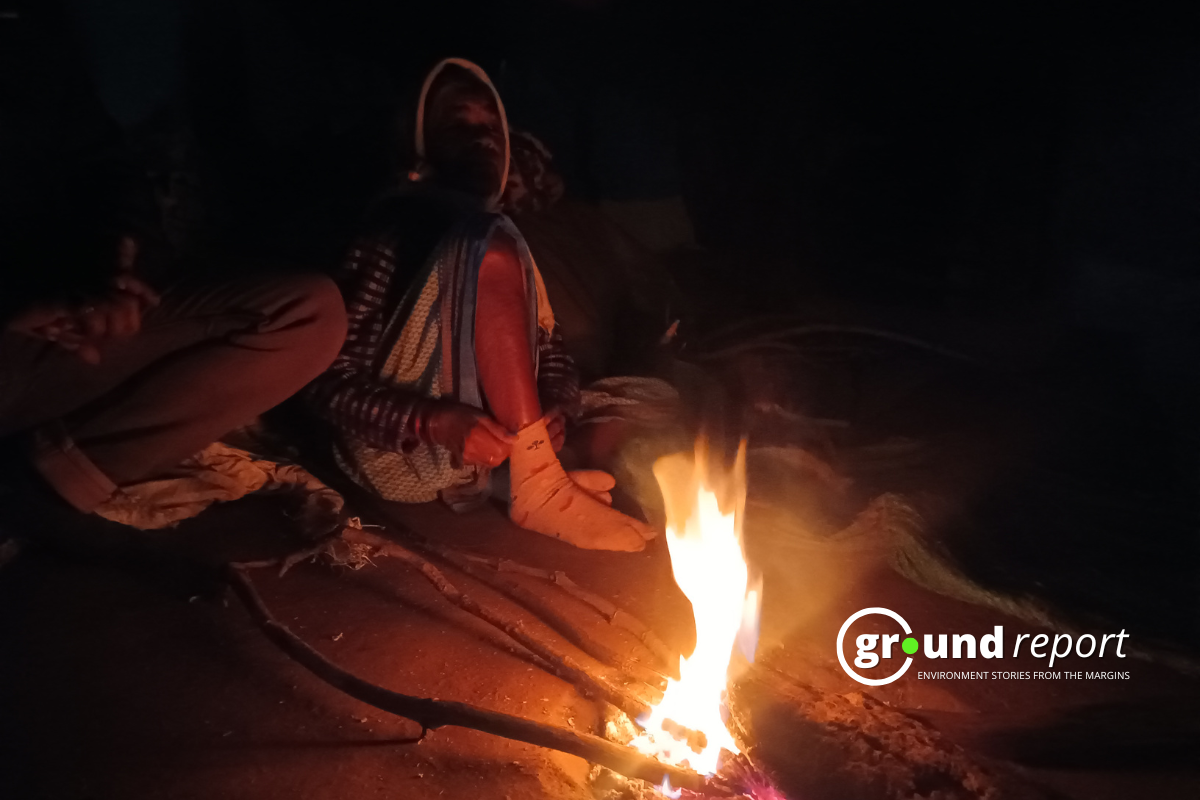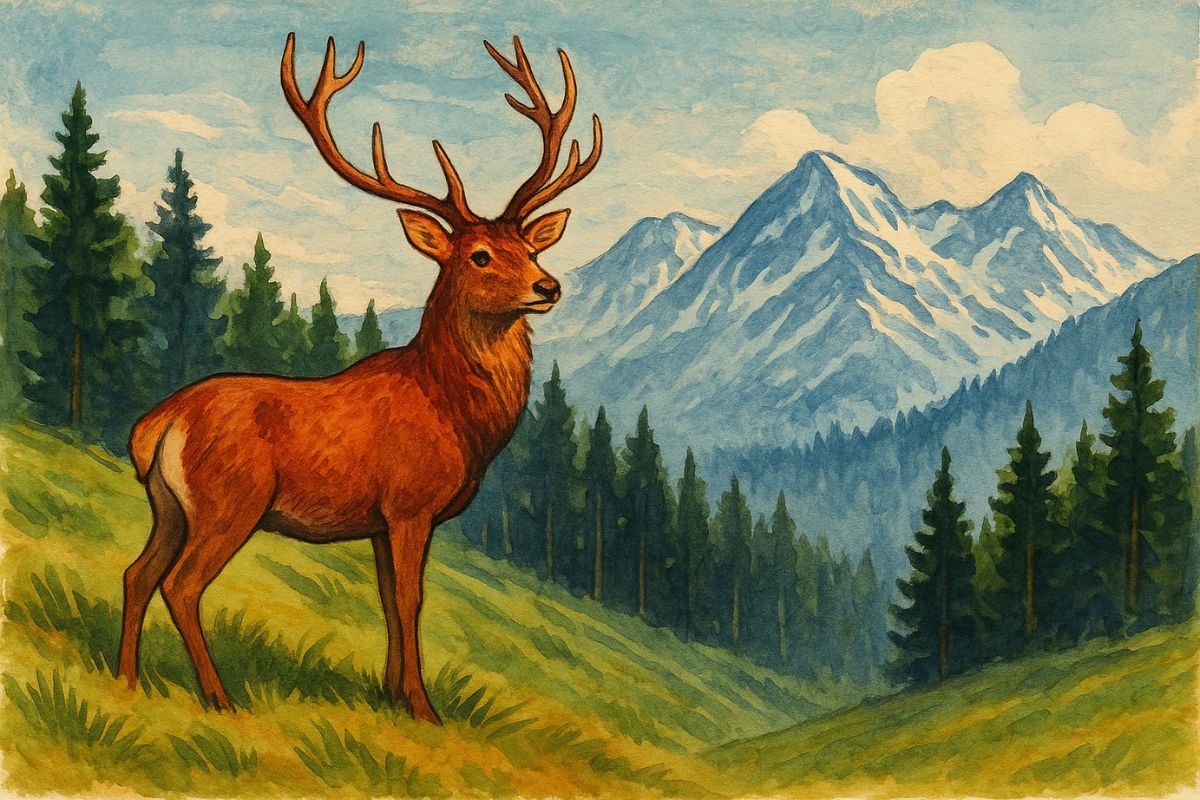Autumn arrives and with it, the leaves of the trees develop a biological strategy: getting rid of the elements that consume more than they produce. The process is necessary for nature, but for the neighbours, it often becomes a nuisance. Hence, many choose to pile the leaves up and burn them. The practice of burning fallen leaves continues unabated in Kashmir, leading to severe air pollution.
At a time when a blanket of deadly smog has covered most Indian states, particularly the capital, paradise on earth, Kashmir may also experience severe winter air pollution in the coming years.

The Jammu and Kashmir government announced an existing ban on burning leaves and pruning wood from trees in 2017. The government stated that such burning is dangerous to the health of residents and that the fires contribute to the melting of glaciers in the region.
According to a recent report by the J&K State Pollution Control Board, which has set up ambient air quality monitoring stations across the state, Srinagar has witnessed a “gradually increasing trend” in air pollution, with the registration of suspended particles beyond the permissible limits.
“Kashmir Valley air quality deteriorates significantly during autumn with PM 2.5 level touching 350 µg/m3 against the national permissible limit of 60 µg/m3”
Dr. Shakil Ahmad Romshoo, Head of Department, Science of Earth, Kashmir University (KU)
At night, across most of rural Kashmir, the sky turns hazy with all the smoke in the air. Many people complain of eye allergies and chest problems due to a large amount of smoke in the air.
Does burning leaves harm the environment?
Yes, burning leaves, dry or not, is bad for the environment. Simply put, burning leaves leads to air pollution, health problems, and fire hazards. Leaf smoke can also contain dangerous chemicals such as carbon monoxide, which can mix with haemoglobin in the bloodstream and reduce the amount of oxygen in the blood and lungs.
Another harmful chemical commonly present in leaf smoke is benzo(a)pyrene, which has been shown to cause cancer in animals and is believed to be a major factor in lung cancer caused by cigarette smoke.

Also, the burned leaves will irritate the eyes, nose, and throat and could wreak havoc on young children, as well as make matters worse for the older people and those with asthma or other lung or heart conditions.
Furthermore, burning leaves is a threat to wildlife, soil, and vegetation, as well as being a pollutant to the soil, water, and air. Fire kills and damages parts of a plant or the entire plant. This could lead to the removal of valuable vegetation, not to mention that the fire could spread quite easily
If it spreads, it could cause forest fires that are a danger to the humans living around them and even more so to the species that cannot escape the fires. The wildfires will also disrupt transportation, communications, power and gas services, and water supplies. It will also cause a deterioration of air quality and the loss of property, crops, resources, animals and people.
The fires also expel a large amount of carbon dioxide, carbon monoxide, and fine particles into the atmosphere, causing problems with the weather and climate through climate change.
Does burning dry leaves cause pollution?
Of course, burning dry leaves causes a lot of pollution in the air, water, and soil.
Air pollution
Burning dried leaves releases various substances into the air, most of which are harmful. They include carbon monoxide, dioxins, particulate matter, oxides of nitrogen, and other harmful particles and gases. Smoke from burning yard waste can be just as harmful as cigarette smoke.
Carbon monoxide can bind to haemoglobin in the bloodstream, reducing the amount of oxygen in the blood and lungs. When the waste is wet, the chemicals become more and are released as the waste slowly burns. Smoke irritates the eyes and nose and can be more serious for people with underlying health conditions.

These chemicals and particles have other effects on human health, negatively affecting people with asthma and other respiratory problems, the older people and young, and people with conditions such as emphysema or bronchitis. In some cases, the toxins remain in the human body for many years.
Toxins also negatively affect the environment as they are released into the atmosphere. Carbon dioxide and other greenhouse gases continue to warm the planet into the future. Burning leaves also inject soot and other aerosols into the atmosphere, with complex effects on heating and cooling.
Soil contamination
The effects on the ground vary greatly, depending on the frequency, duration and intensity of the fire, as well as the characteristics of the soil. Burning dry leaves on the ground can cause changes in the mineral soil structure due to the elevated temperatures of the fire. When fires take longer, they will ignite organic matter in the soil and alter the structure of soil clays.
When the soil structure is damaged by these fires, reliance on chemical fertilizers will develop, further polluting the surrounding land and water bodies. Rather than burn the leaves and watch the natural nutrients go up in smoke, you would rather compost the dried leaves and have them become an addition to your soil.
Water pollution
The main effect of leaf burning on water resources is the potential for increased runoff from rainfall. When surface runoff increases after burning, it could carry suspended soil particles, dissolved inorganic nutrients, and other materials into adjacent streams and lakes, reducing water quality.
Rainwater filters the minerals from the ash into the ground. In sandy soils, leaching can also move minerals through the soil layer into groundwater. Rainwater will enter rivers, lakes and wetlands, where it will create an unhealthy habitat for fish and other aquatic life, as well as for the human communities that depend on these waters.
What to do with the leaves instead of burning them?
Padding
This is another way of using dried leaves that is closely related to composting but is a bit different. The leaves can make an attractive natural mulch in the garden and can suppress weeds. Over time they break down and improve the soil. It is advisable to mulch them first if you plan to use them as mulch
A thick layer of whole leaves can form a solid layer, especially when wet, and block the passage of water and air to the soil. When crushed, they insulate plant roots from cold weather without blocking water or air.
Leaf mold
Leaf molds can do miraculous things for your garden soil. They are the crumbly, compost-like product left over when the leaves decompose on their own. It’s what makes the woods smell so earthy
Leaf mold does not add as many nutrients to the soil as composting would, but it does improve the soil’s structure and its ability to hold water. It also attracts beneficial organisms that are important for healthy soil. It’s pretty simple to do: just moisten your leaves and store them in a wooden or wire bin or trash bag with a few vent holes.
Also, Read
- Sarbal Village: A hamlet in Kashmir waiting for development
- How to convert your old car into electric car in Delhi
- Farmers in MP face crop failure every year due to climate change
- Climate Change: Kishanganga Dam causes water concerns
Follow Ground Report for Climate Change and Under-Reported issues in India. Connect with us on Facebook, Twitter, Koo App, Instagram, Whatsapp and YouTube. Write us on GReport2018@gmail.com










